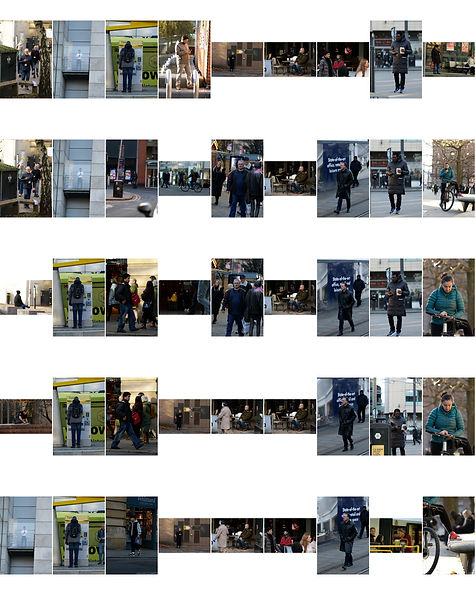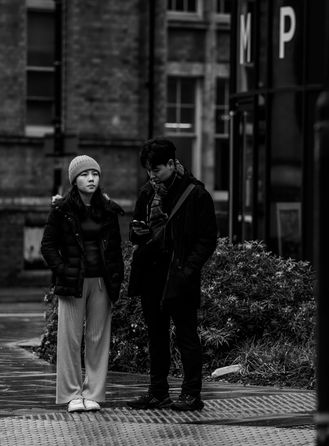top of page
Critical Links




Gallery Research Pages




The Decisive Moment


Leading lines
Leading lines in photography are lines within the image that draw the viewer's eye towards a point of interest and through a specific scene. These lines can be natural (like roads or rivers) or man-made (like fences or buildings), and this can also help create depth and can also add a sense of movement or direction, making the photo feel more engaging and balanced.
Dynamic Diagonals
Dynamic diagonals are diagonal lines within an image that create a sense of movement and visual interest. These lines lead the viewer's eye through the composition, enhancing depth and adding tension or flow. This can make the image feel more dynamic, as opposed to being static or flat, and this could influence the viewer's perception of direction and space.
Rule of thirds
The rule of thirds in photography is a technique where you divide your image into nine equal parts using two horizontal and two vertical lines. The key elements of your photo are placed along these lines or at their intersections to create a more balanced and interesting composition. By placing key elements off-centre, it helps guide the human eye through the scene. & this technique prevents the image from feeling too static, and makes the composition feel more dynamic and interesting.
Contrast
Contrast in photography refers to the difference between the light areas and dark areas in an image. It helps to make the subject of focus stand out, it adds depth, and creates visual interest by highlighting the differences in brightness or colour.
Low/High vantage point
Positioning the camera lower or higher than the subject to create a visually pleasing composition due to the fact that it can draw attention to the scale, to emphasise how big or how small something is and is usually done with people or buildings.
Contact Sheets




Street Photography
One Gallery - Technology
bottom of page














































